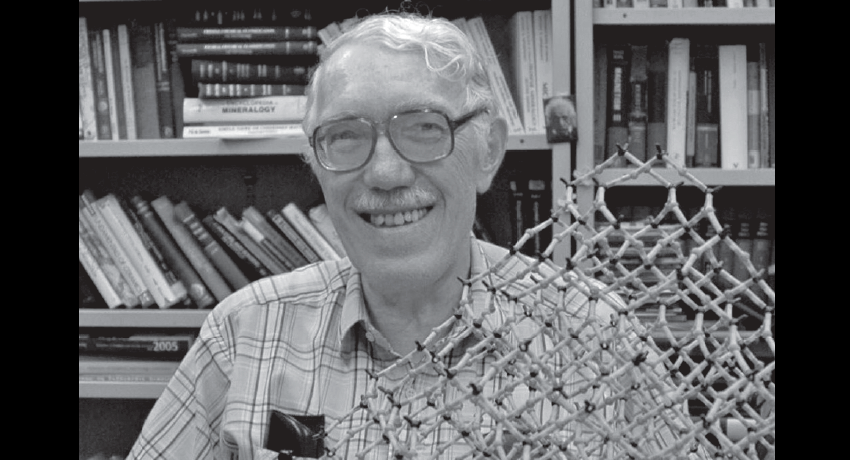Newnham revolutionized acoustic imaging
Newnham’s basic discoveries in ferroelectric materials helped propel the growth of electronic devices, such as cell phones, and his contributions to the field of acoustic imaging earned the Benjamin Franklin Medal in Electrical Engineering in 2004, an honor that placed him among some of the greatest scientists of the modern era. The author of more than 500 peer-reviewed articles, 6 books, and 20 patents, Newnham was the Alcoa Professor Emeritus of Solid State Science. He co-founded, with Eric Cross, the Center for Dielectric Studies, the longest running NSF-supported Industry/University Cooperative Research Center in existence (1984-2013).
A beloved teacher, Newnham won numerous teaching awards throughout his career. Many of his former graduate students went on to become professors.
Optical actuators similar to the ones his lab developed for satellite reconnaissance during the Cold War were used by astronauts to correct the faulty mirror on the Hubble Space Telescope, opening up the visual universe. Newnham was elected to the National Academy of Engineering in 1989.

